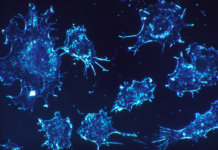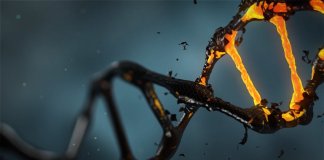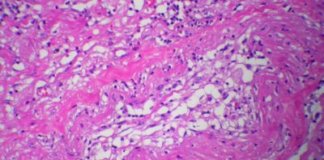This is a summary of an article on CRISPR-Cas9 available on the French Association for Transhumanism. The article is available here.
In 2015, Science magazine named the CRISPR-Cas9 technology “Breakthrough of the Year”.
The title is justified: the tool allows to cut out portions of DNA and to replace them with others. Not only is it faster and more precise than the technologies previously available, but it is also cheaper. It uses reprogrammable Cas0 proteins, a highly precise molecular scissor that can cut through DNA sequences and be reused on very different targets.
There can be very wide applications for such a technology: the agribusiness would welcome a new generation of GMOs, and biodiversity could see extinct species spawn again, through crossing their genome with that of a very close and still living species.
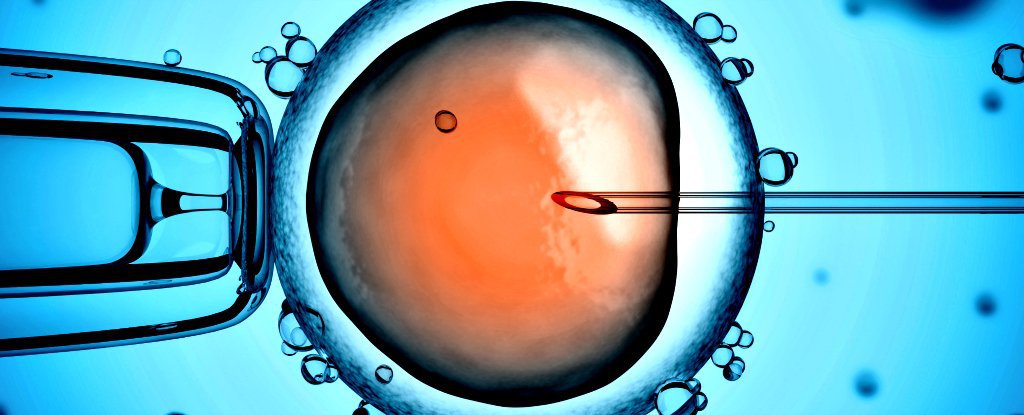
In humans however, the technology can theoretically be applied in two ways: either by editing the genome of the egg-cell during fertilization, or by injecting in adults a non-pathogenic virus with modified DNA that would infect the cells with the healthy version of a gene.
With precise and reliable knowledge about the human genome and the way cellular differentiation works, the CRISPR-Cas9 technology could allow us, in future, to affect aging mechanisms such as cellular senescence, and allow humans to live longer and healthier.


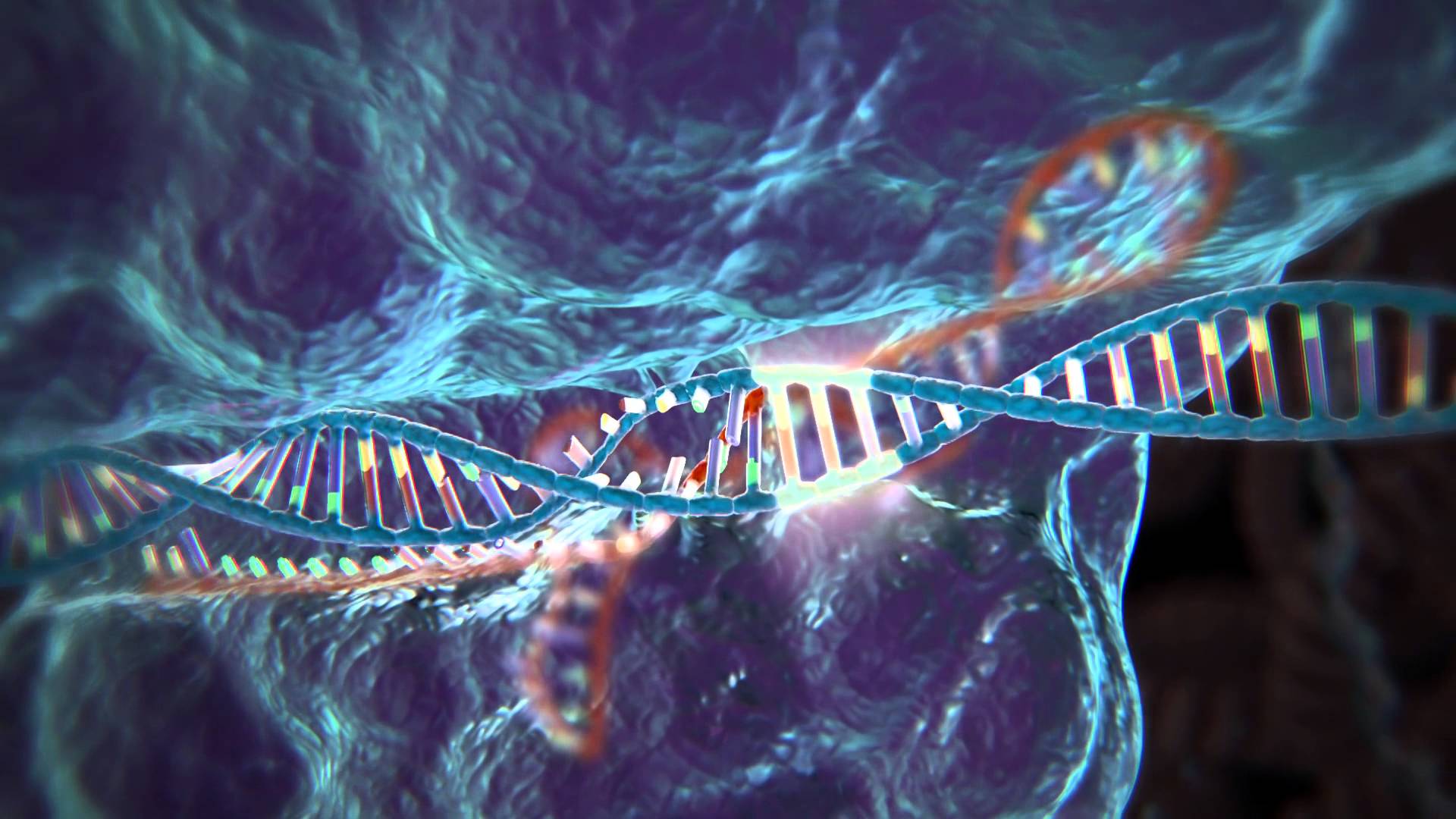
![[Video] Eurosymposium on Healthy Ageing, Brussels, 2018 Eurosymposium on Healthy Aging](https://www.longlonglife.org/wp-content/uploads/2019/07/P1310252-218x150.jpg)







